Today’s monitor was not sent to me by the manufacturer, as is usually the case. I bought it myself, but I’m going to be harsh on Samsung and AMD at one point or another. I can already say that in advance. The Samsung Odyssey OLED G8 is one of a total of four QD OLED monitors on the market. It has the same 3440 x 1440p resolution and offers 175 Hz with 10-bit color depth – both via HDMI 2.1 and DisplayPort 1.4a. Thanks to the use of DSC 1.2a, this is possible. For information: DP 1.4a with DSC 1.2a make UHD with 240 Hz and 10-bit color depth possible.
A significantly smaller and more inconspicuous package than the MSI MEG342C QD-OLED. This is immediately noticeable. The Samsung arrived safe and sound, which is a good sign. However, the packaging doesn’t make me really happy, but that’s just my opinion. Once the Samsung is on the table and running, the packaging is already forgotten! Fortunately, I was able to test the Odyssey OLED G8 virtually at the same time as the MEG342C, so I was able to see the differences directly one-to-one. Unfortunately, many differences cannot be shown with pictures. But the measurement data and the trained eye reveal that the OLED G8 shows the MEG342C what a rake it is in many disciplines.
Let’s take a closer look at these differences today. For a direct comparison, I suggest that you open the article on the MEG342C in a dedicated window so that you can make the best comparison. Unfortunately, the OLED G8 also has one point of criticism. But all in all, I can say this much in advance, the Samsung Odyssey is currently the better deal. As always, I recommend taking a look at the manufacturer’s website, where you can first take a look at the usual marketing slides, so you also have an expectation for today’s article. Go to the Samsung homepage here: Click!
Technical data
Datenblatt_Monitor_Odyssey-OLED-G8_LS34BG850SUXEN_2023
Update
Before I go on at length about the details, let’s take a look at the usual topics relating to ergonomics, OSD etc. on the next page.
- 1 - Introduction, Features and Specs
- 2 - Workmanship and Details
- 3 - How we measure: Equipment and Methods
- 4 - Pixel Response Times
- 5 - Display Latencies
- 6 - Color-Performance @ Default Settings
- 7 - Direct Comparison and Power Consumption
- 8 - Color-Performance calibrated
- 9 - HDR-Performance
- 10 - Summary and Conclusion














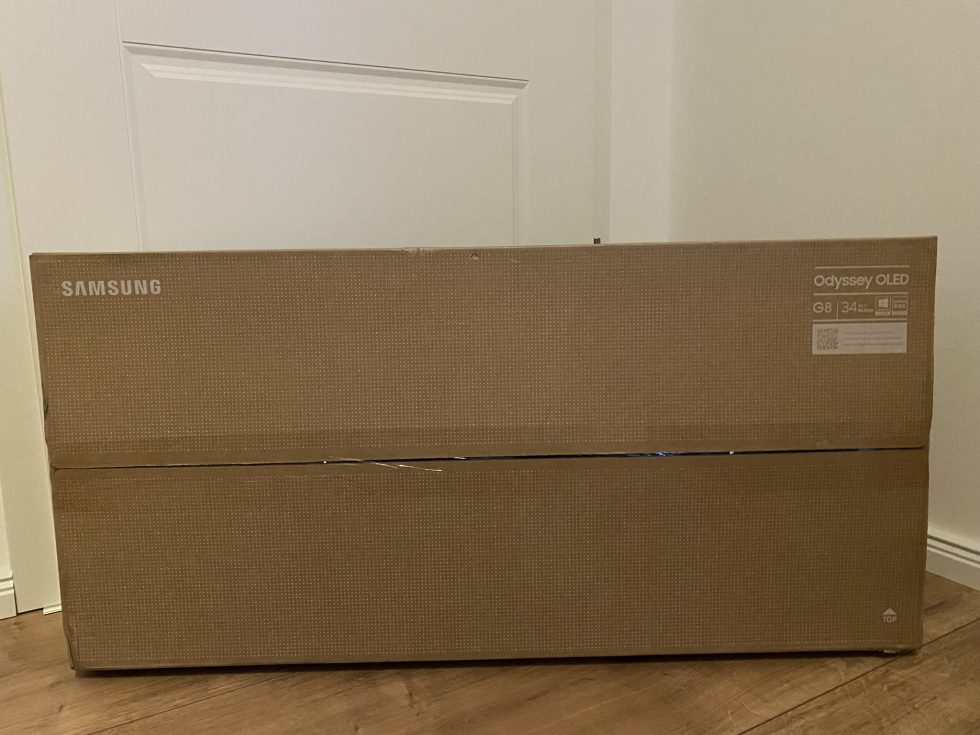
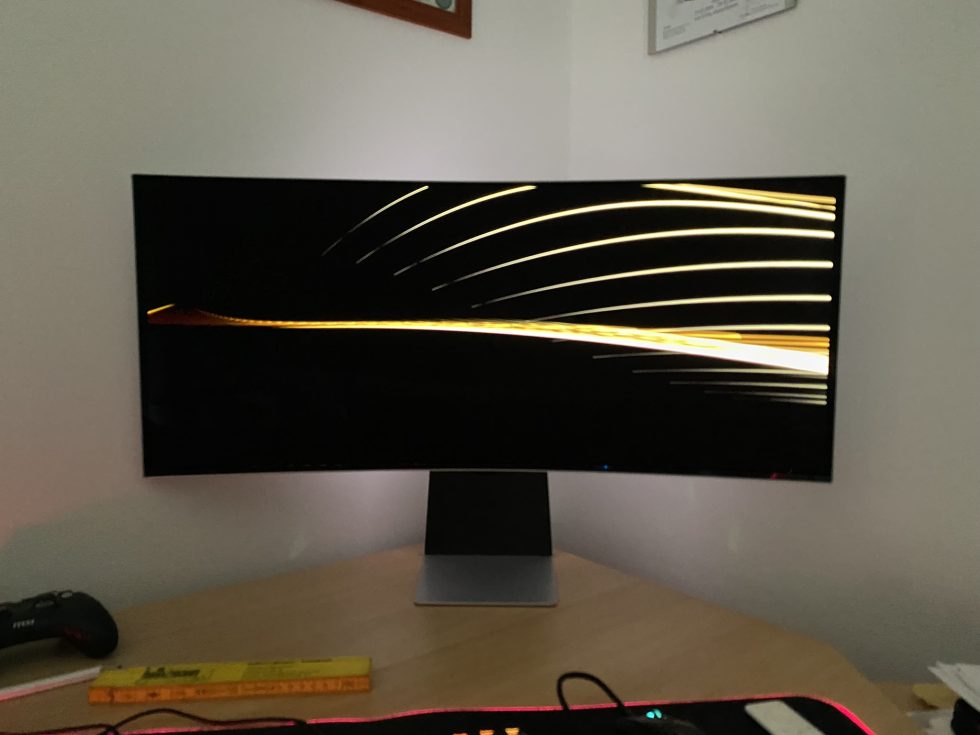







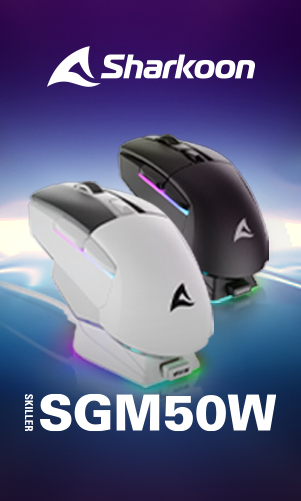

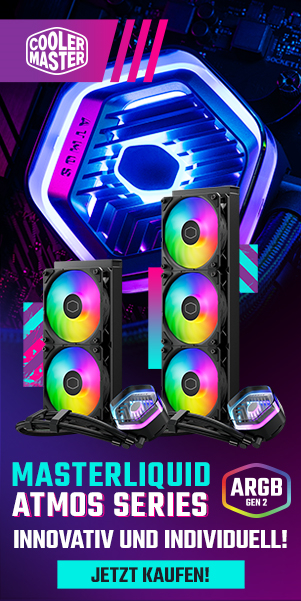





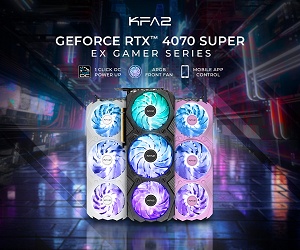

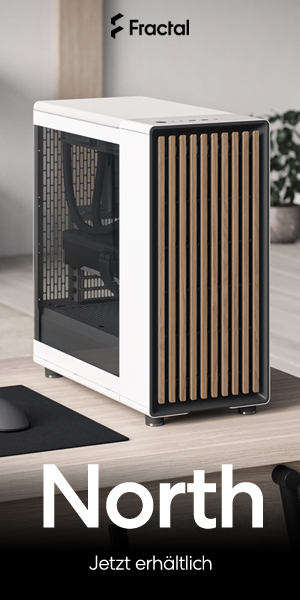


285 Antworten
Kommentar
Lade neue Kommentare
Urgestein
Urgestein
Neuling
Veteran
Mitglied
Moderator
Veteran
Veteran
Veteran
Urgestein
Urgestein
Moderator
Moderator
Veteran
Veteran
Moderator
Moderator
Moderator
Urgestein
Alle Kommentare lesen unter igor´sLAB Community →